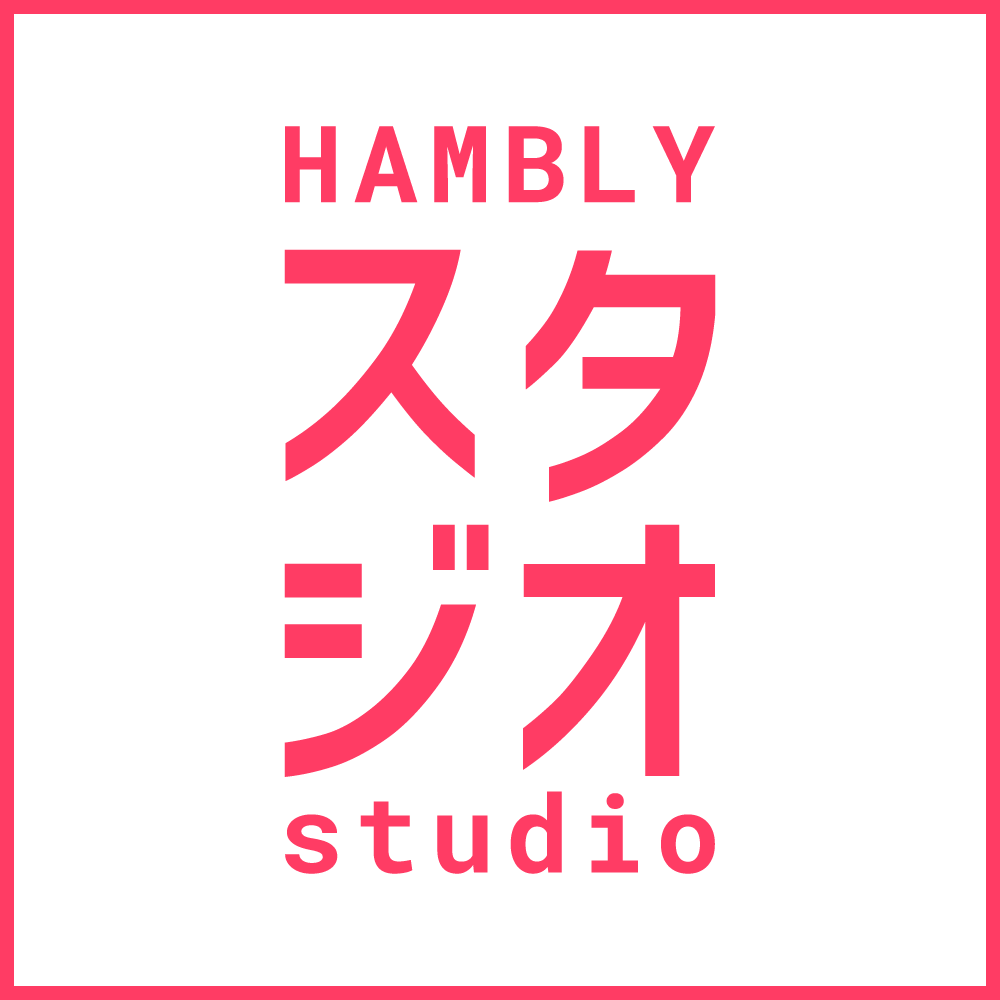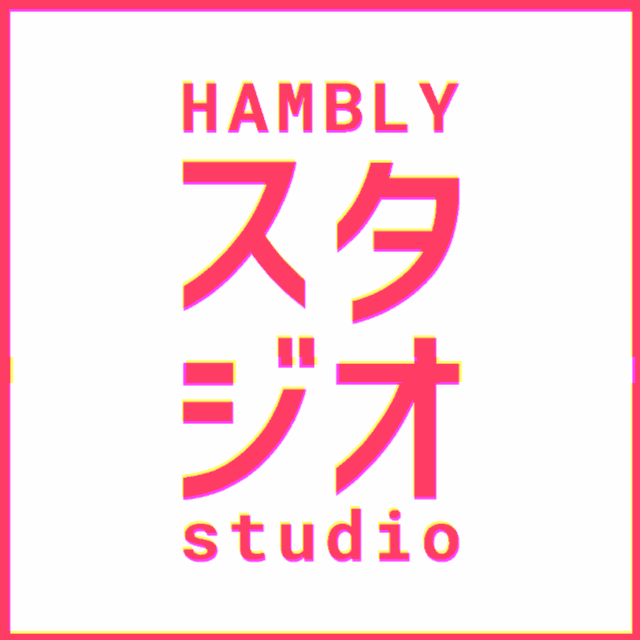How do we bring all things amateur football to the masses?
First Designer role - responsible for strategy, design, testing and iterating on a new-concept amateur football app.
The team at My Football Hub identified an opportunity to help amateur and lower-league teams run their clubs and engage with their loyal fanbase.
For club managers and staff, we make team admin easy - register players, publish team-sheets, collate stats, and more.
For fans of amateur clubs, you get team coverage and a way to engage with your local heroes!
I joined the team as First Designer early in the discovery process.
Where do I fit in?
the problem
The team had already gathered initial insight from target user groups, and identified some key themes and pain-points. My initial job was to continue this exploration and kick-off the ideation phase with a shortlist of feature concepts.
It became clear that managers of amateur football teams at every level were having difficulty organising their team, scheduling events, capturing match data and reaching out to their fans. Current solutions ranged from competing apps with their own shortfalls, through instant messaging groups, spreadsheets and even pen and paper organisation.
How can we build a manager-centric system that simultaneously takes away common stresses and allows them to better engage with their fans?
The Solution
The end result was a mobile app that ticked all the boxes for managers, players and fans alike. Here are some of the features:
- Invite players and manage invitees
- Team calendar with preset event types
- Smart teamsheet management with in-app notifications
- Player availability and alerts system
- Match event recording with unique Match Controller
- Parental management for youth players
- Public player stats
- Photo and video sharing
- Consolidated in-app chat function
- Workload sharing with multiple admins
- Team calendar with preset event types
- Smart teamsheet management with in-app notifications
- Player availability and alerts system
- Match event recording with unique Match Controller
- Parental management for youth players
- Public player stats
- Photo and video sharing
- Consolidated in-app chat function
- Workload sharing with multiple admins
Process
With so many problems to solve and complimentary features to consider, it became clear early on that the app would be feature-rich by necessity. It was important therefore to take a structured approach from the start, outlining how each part of the puzzle worked and how they all fit together into something coherent.
For each feature, I worked with the team to generate ideas and solutions to the root problem, with a principle of gathering feedback early and often; both with internal stakeholders and pre-alpha testers. We began with requirement gathering through short-form interviews and built design hypotheses up from there.
I then employed an iterative process, first creating low-fidelity prototypes and running remote qualitative usability testing sessions and gathering written user feedback . On analysis, these provided valuable insights from which to make improvements, while gradually increasing the fidelity of our solutions as we became more confident in the experience.
Constraints
budget
With only a very limited budget in-hand, every design decision needed to be strategic. We consistently questioned the expected value of each design sprint and weighed this up against the cost.
During the initial design phase, user-research was limited to a small group of pre-alpha testers. Once the MVP is released we expect to be able to gather higher quality feedback and build a much better picture of the requirements of the user base.
limited team
As the sole designer on a skeletal team, I was also responsible for the brand image, supporting materials, presentation and video. This often meant making tough decisions about priorities and meant that open team communication was vital.

